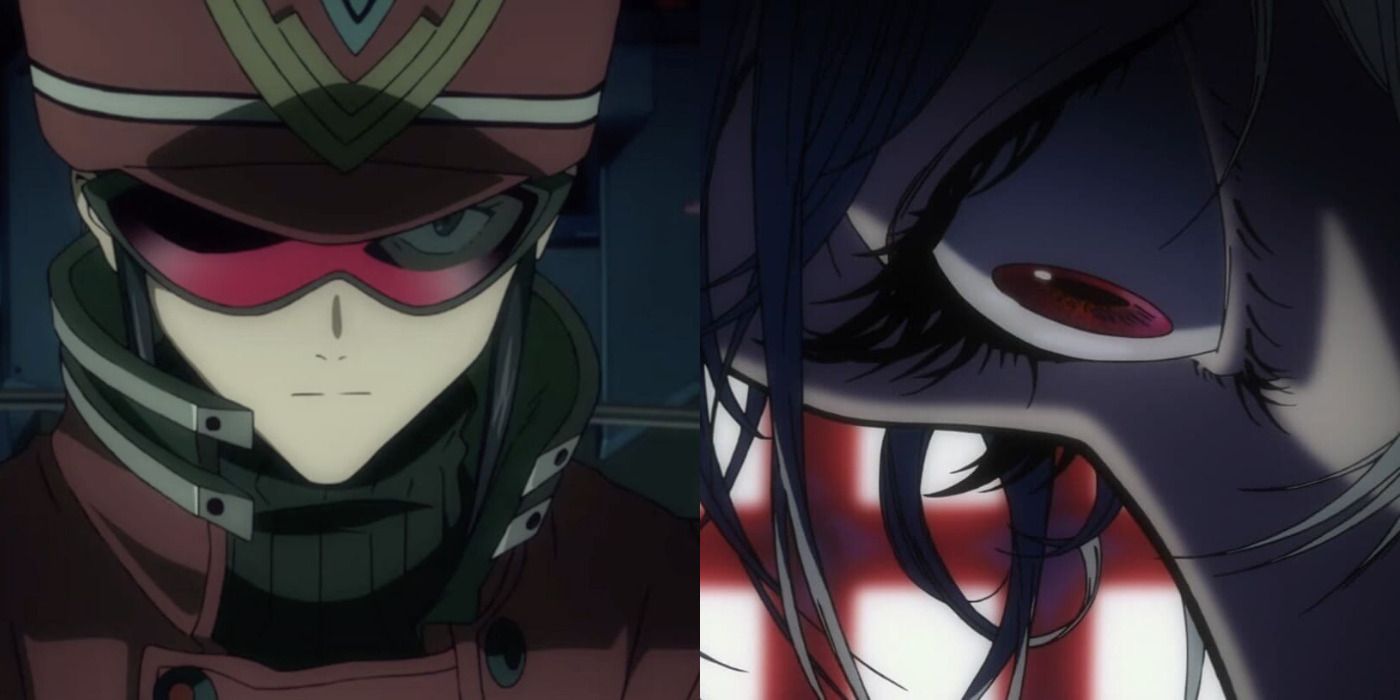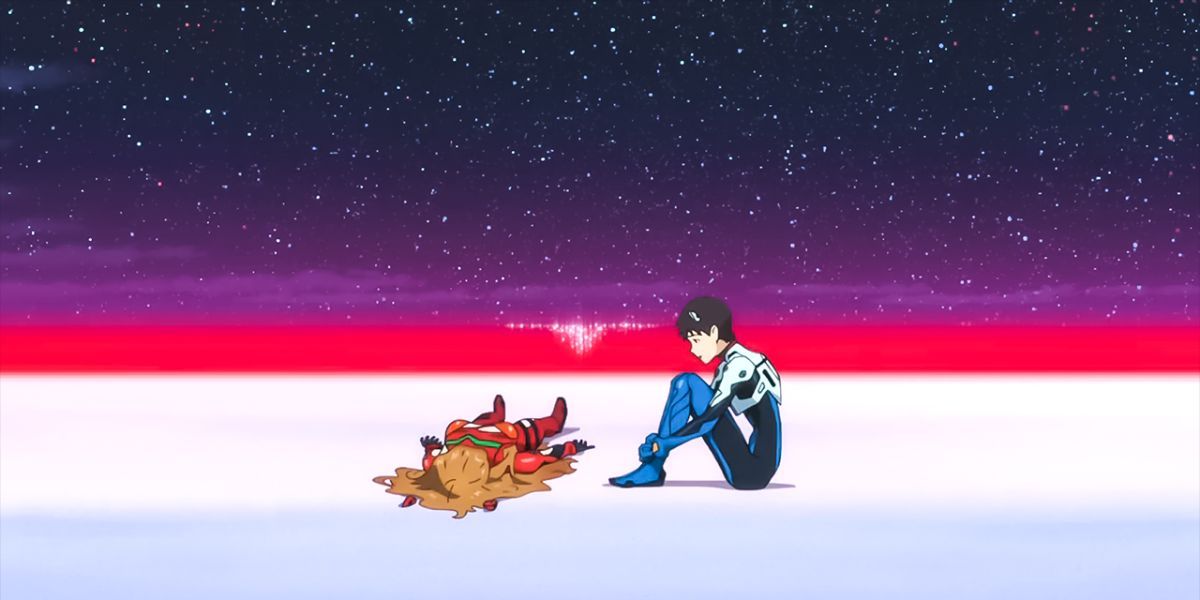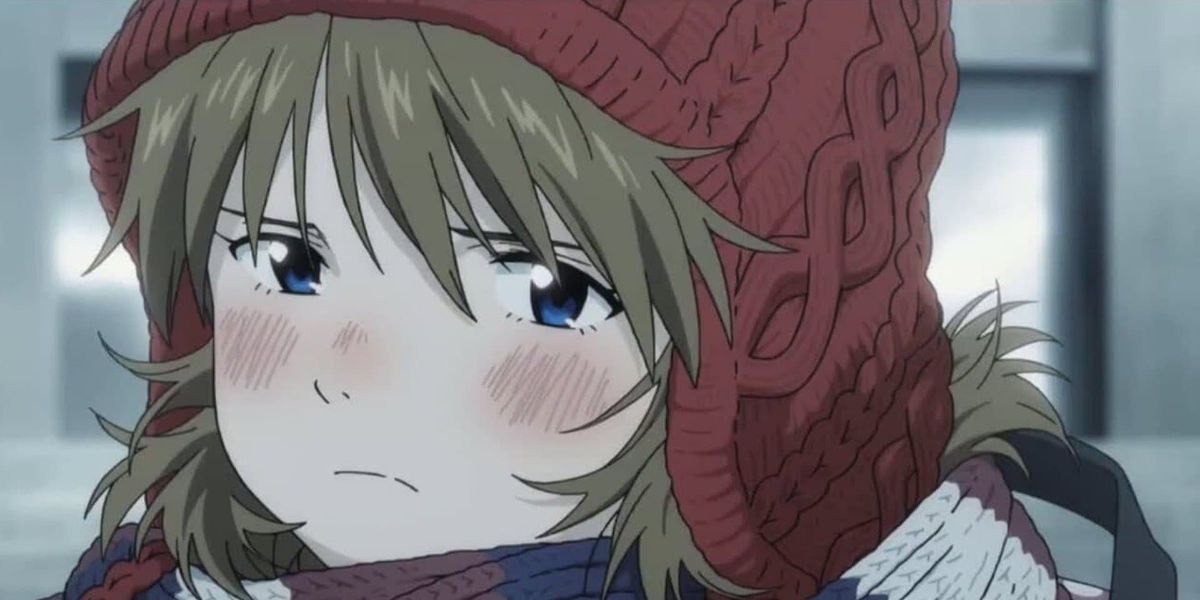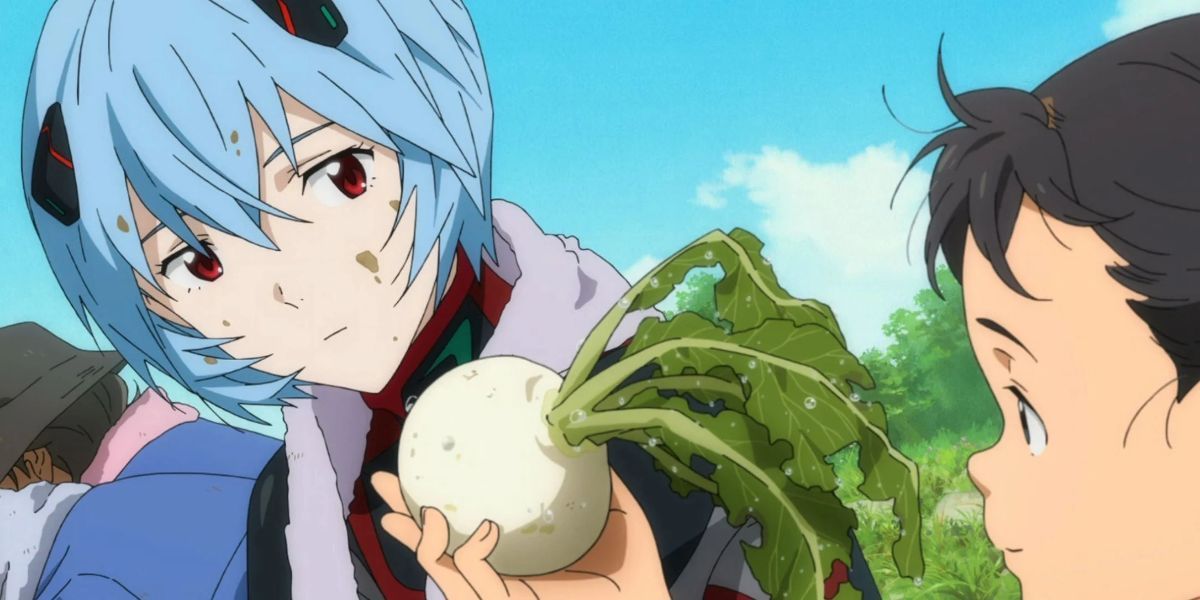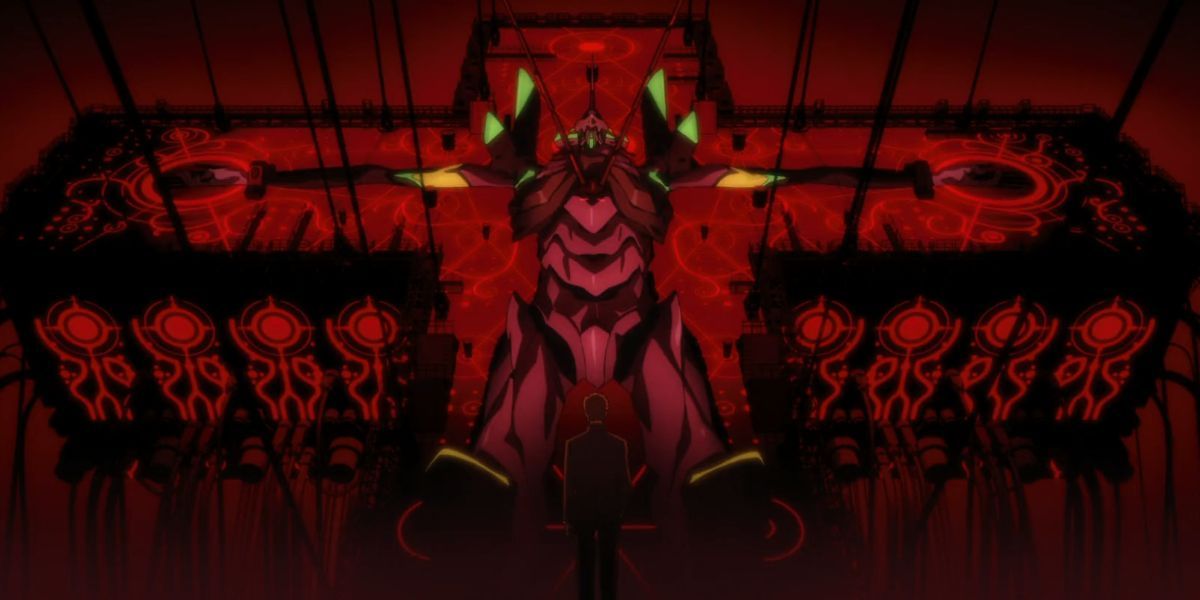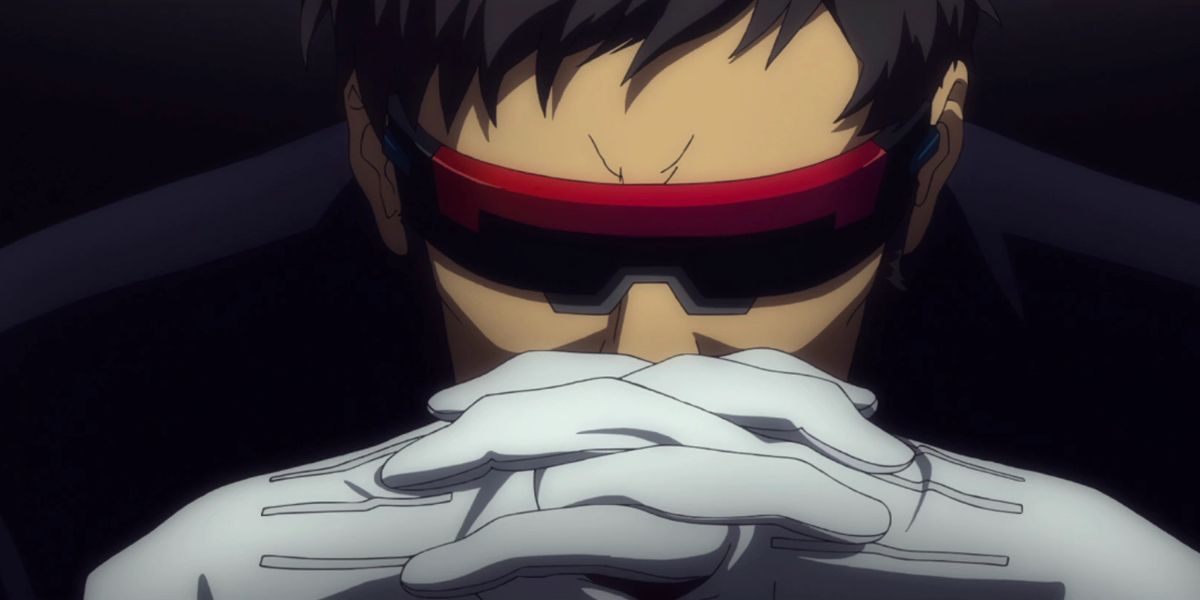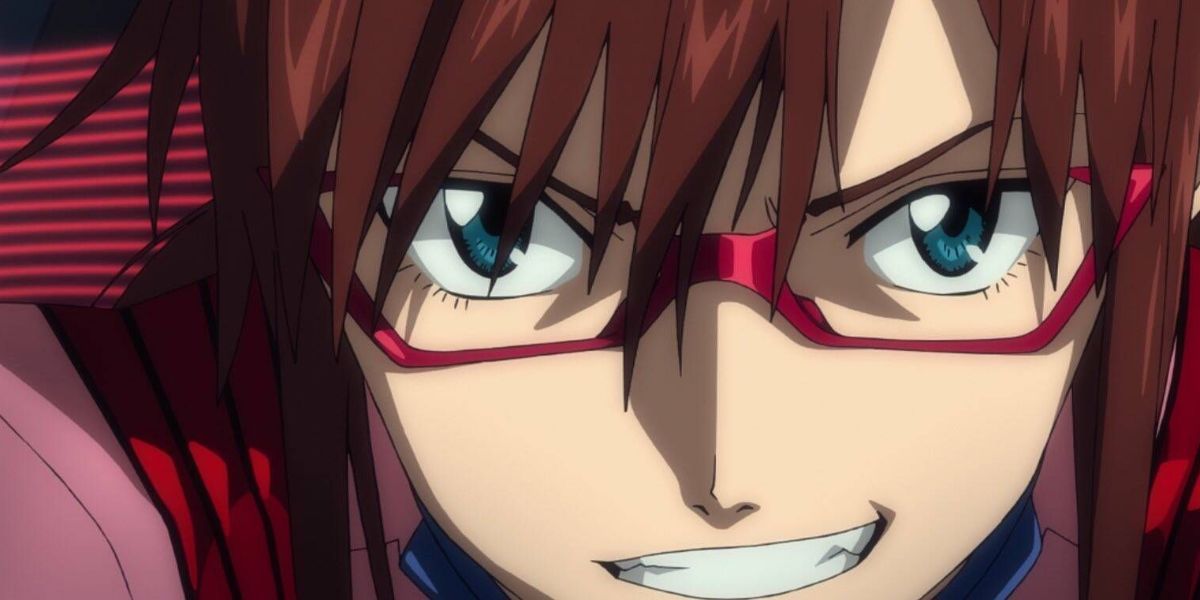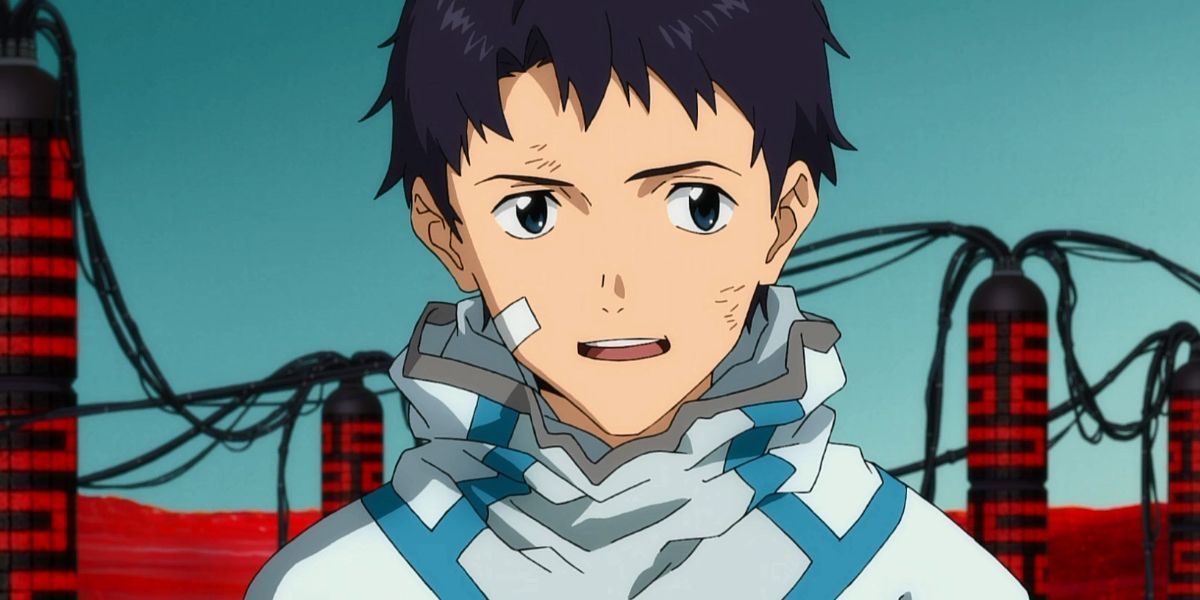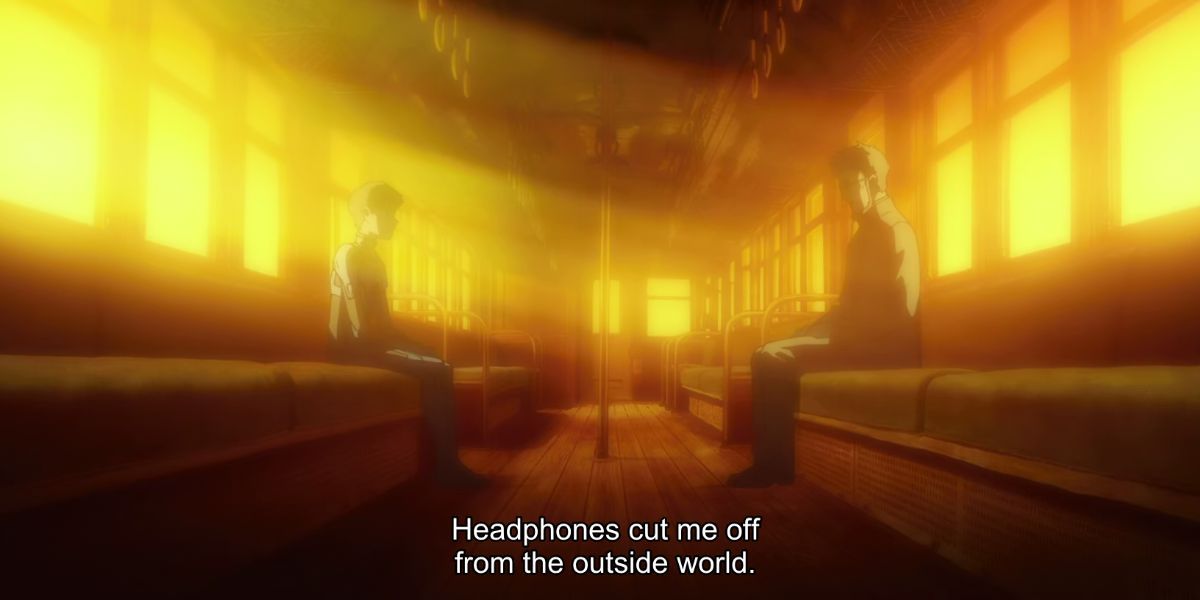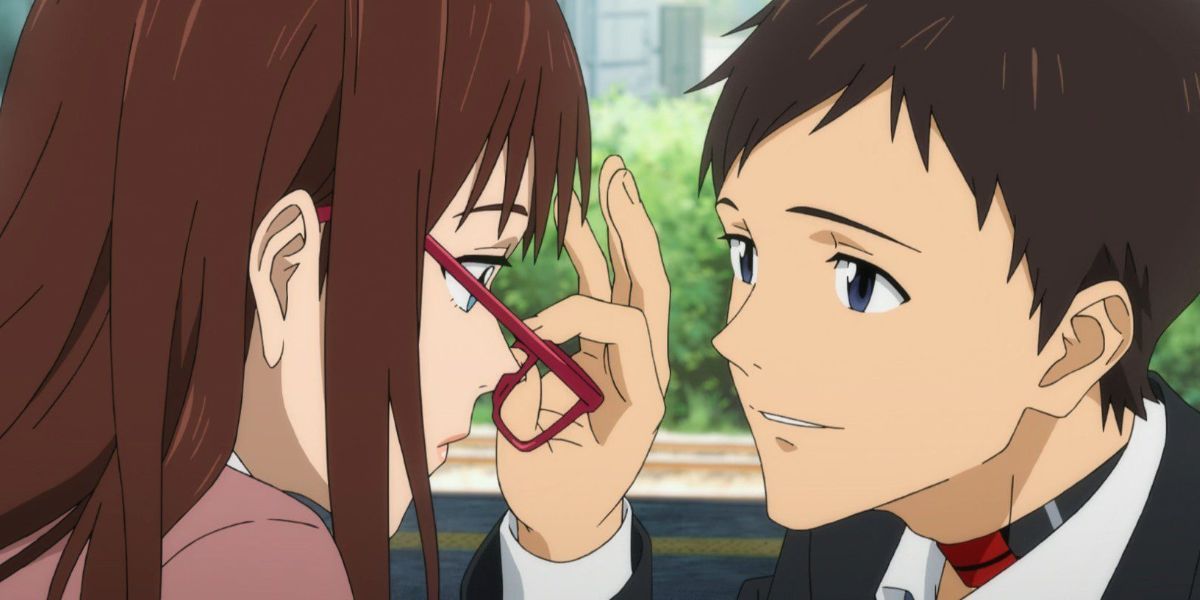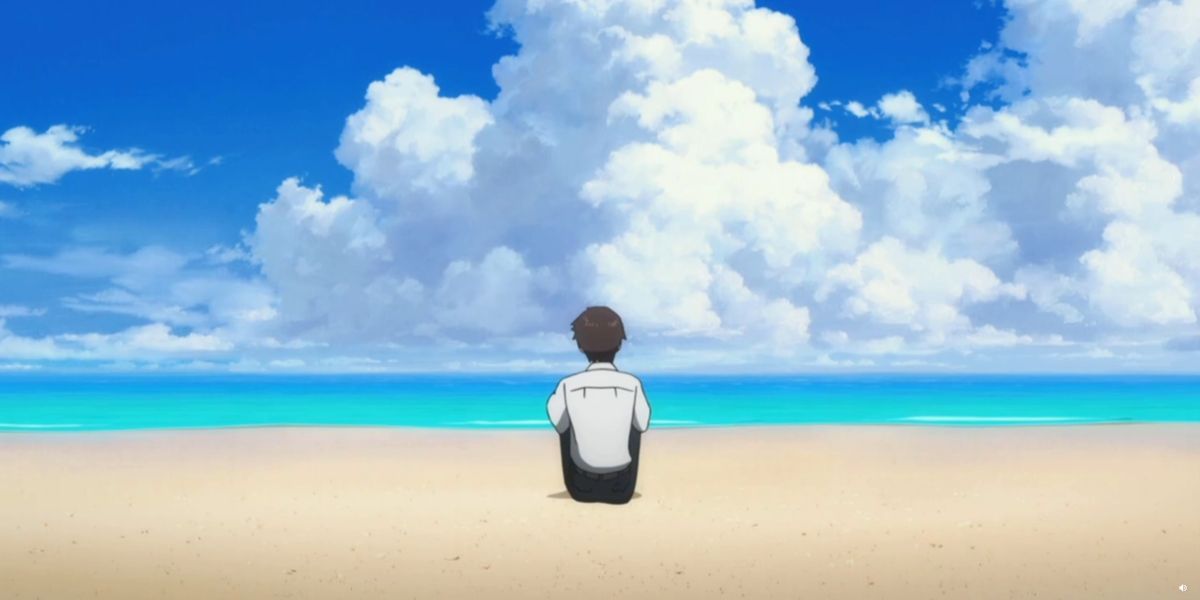The long-anticipated release of the final Rebuild of Evangelion film, and the final piece of Evangelion media audiences will see from franchise creator Hideaki Anno, has fans excited. Although the Rebuild films have always been controversial amongst the fanbase, reactions to 3.0+1.0, the most recent film, have been overwhelmingly positive, and it's not hard to see why.
The movie feels like a final meditation on the characters that many fans came to know and love all the way back in 1996. It delivers familiar plot beats with a freshness and clarity of vision that makes the movie feel like a proper sendoff to the franchise. And in keeping with the spirit of one of anime's weirdest shows, it also drops a number of twists that nobody could have predicted.
The Fanservice
3.0+1.0 generally keeps with 3.33's darker tone, save for an undercurrent of refreshing optimism, but one mystifying difference between the new film and its predecessor is the amount of fanservice. The Rebuild films have always been more fanservice intense than the original series, but 3.33 took care to dial it back in order to support its more somber tone.
Oddly, 3.0+1.0 reverts to the norm. While the franchise is no stranger to fanservice, in general, it's often regarded as one of those shows that proves it can be done tastefully, often deploying anti-fanservice to flip the script on the audience. The superfluous fanservice in 3.0+1.0 can be distracting during dramatic sequences and is surprisingly far removed from 3.33.
Asuka's Backstory
In a shocking reveal towards the end of 3.0+1.0, the audience learns that this universe's Asuka, a longtime fan-favorite character, is a clone. In a flashback, it's made clear that, like Rei, Asuka was produced as part of a larger batch of clones to serve as Eva pilots at NERV's Euro branch.
This is a remarkable departure from Asuka's backstory in the original anime, where although she was brought up as a potential pilot, she was born to human parents. Her being a clone raises some important questions in the lore though, which is sure to invite any number of new fan theories.
The Village
3.0+1.0 is a big movie - by far the longest of the Rebuilds. Filling out this runtime are some impressive action sequences, to be sure, but one of the most interesting inclusions in the film is the strikingly laid-back village sequence that begins after the opening action scene.
Some have speculated that the Rebuilds exist because Anno wanted to be able to update the best fight scenes and animation from the 1996 anime to bring them more in line with his original vision, which makes it all the more surprising when this film relaxes to a degree that audiences haven't really seen before in Evangelion.
All The New Lore
A common mistake among Evangelion beginners is their tendency to get wrapped up in the technicalities of the show's plot and lore to the extent that they forget about the introspective character struggles, which, of course, constitute the real heart of the show. Despite this, there are those who have spent an unhealthy amount of time rewatching Evangelion, and for whom obsessing over the show's lore is the air that they breathe.
In this regard, 3.0+1.0 is sure to upend conventional understandings of Rebuild lore, and to generate a firestorm of new fan theories. The cyclical nature of the Impacts is stressed once again, baiting fans to imagine the Rebuilds as sequels, and it's made clear that the power of the Eva can remake the nature of reality itself. There's also a myriad of new artifacts, character reveals, and unmasked backstories that complicate the fandom's understanding of the setting.
The Gendo Reveal
Everybody knows that Gendo is pretty evil, willing to destroy Earth as we know it to achieve his own selfish ends, but 3.0+1.0 lands him even more squarely on the evil end of the moral alignment chart. Beyond hatching increasingly outrageous instrumentality schemes to be reunited with his dead wife, 3.0+1.0 reveals that Gendo has tossed aside his very humanity in pursuit of his goals.
In a shocking reversal of End of Evangelion, Ritsuko forcibly evacuates the contents of Gendo's skull with a handgun, only to then have the man collect his own gray matter from the ground. It's then that audiences learn that the visor introduced in 3.33 isn't just for show. Gendo's appearance is warped beyond recognition, stressing to viewers that whatever humanity he might have still had has long since been abandoned.
Mari
While Mari has been a thing in the Rebuild films for a while, she typically took on more of a background role, reserved for action sequences or fanservice shots instead of taking on a clearer role in the narrative. Mari's comparatively small role in the narrative led some fans to speculate that she had been added to the franchise simply to sell additional merchandise or movie tickets.
This makes it all the more surprising that Mari takes center stage at the climax of the film. Flashbacks during the Impact seem to suggest that she was a colleague of Gendo and Yui, and that she's been deeply involved in the series' history from the beginning.
Misato's Son
Blowing everyone's minds early on, 3.0+1.0 reveals that Misato and Kaji have a son, which hopefully signals that there was at least some positive development in their tumultuous relationship. It's also the first time fans have seen anybody have a child in Evangelion that isn't part of a cloning experiment meant to facilitate humanity's ascension to godhood, which is refreshing.
Although the reveal of Misato's son is linked to the reveal of Kaji's offscreen death, his very existence seems to suggest something about the persistence of life in desperate circumstances. At the end of the day, Evangelion is about having the courage to face reality despite its adversities, and this reveal seems to support that conclusion.
Gendo's Instrumentality
Gendo has been an important character in Evangelion since the original anime aired back in 1996, but he's largely been defined by his relationship (or non-relationship, rather) with Shinji. Manipulating events from the shadows, Gendo is willing to sacrifice anything and everything to revive his wife, Yui, who was killed in the contact experiment that would birth Unit 01.
Although his role as an antagonist is well defined, Evangelion, typically, hasn't gone into too much detail about what makes Gendo tick. His role as a stoic antagonist is radically disrupted in 3.0+1.0's Instrumentality scene, as audiences learn the scope of his character's tragedy, as well as the heartbreaking resemblance Shinji bears to his father.
The Ending
Evangelion is nothing if not unpredictable. Fans routinely have their expectations gleefully subverted, especially when it comes to how the curtain falls on the many Eva timelines. Be that in the disjointed surrealism of episodes 25 & 26, or the hellish apocalypticism in End of Evangelion, it's impossible to see what's coming at the end of all things.
It's hard to fathom that anybody could have seen this ending coming. Deliberately harkening back to episodes 25 and 26 of the original series is incredibly bold, especially considering their controversial status among fans. Equally impressive is Anno's ability to take the familiar aesthetics of those final episodes, and to use them to draw new conclusions.
The Optimism
Although the preceding Rebuild film, 3.33, took measures to radically depart from adapting the original Evangelion anime series, it still followed similar thematic strokes and featured familiar plot points. In light of this, many fans anticipated 3.0+1.0 to deliver a retelling of End of Evangelion and to be as arresting of an apocalyptic nightmare as the original film was. After all, it's that apocalypticism that made Evangelion so widely influential in the anime world.
But defying expectations, 3.0+1.0 is an unambiguously optimistic film. It contains its fair share of tragedy, but the prevailing message is that everyone will be alright in the end. Perhaps Anno found it in himself to finally give his characters a reprieve, or perhaps the film's message of accepting oneself and persistence in the face of despair is what End of Evangelion was trying to convey all along.

